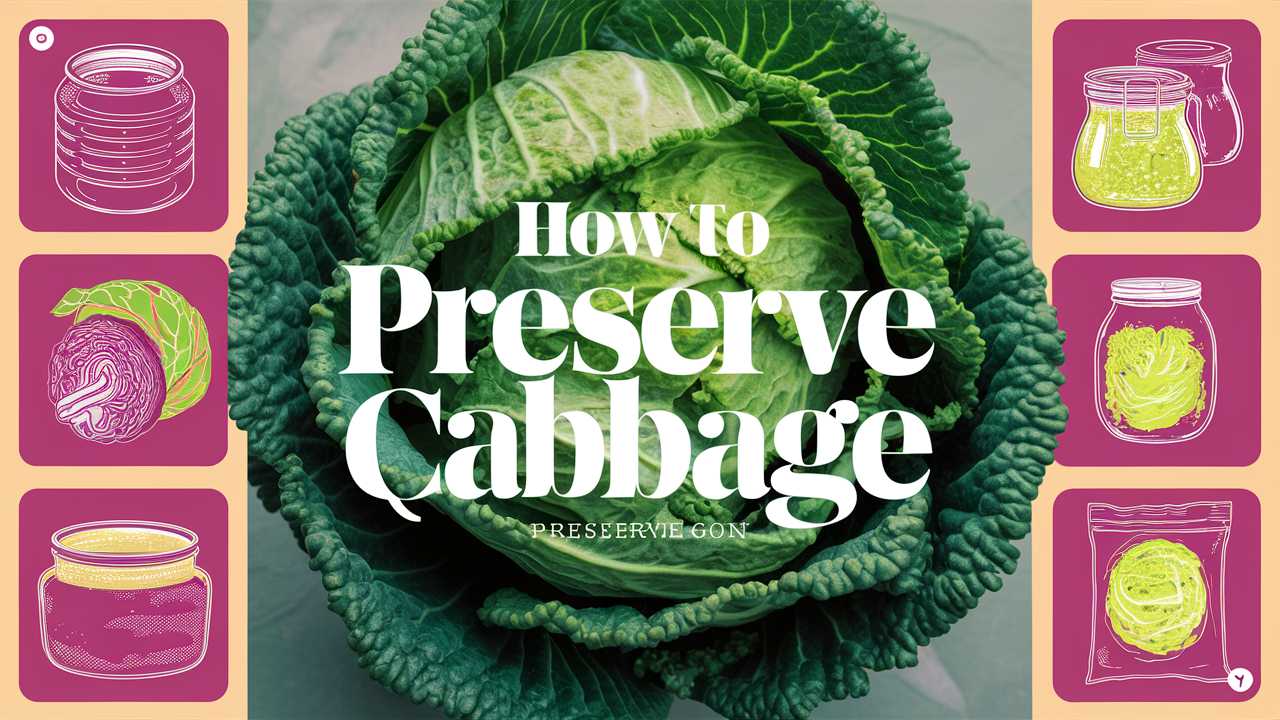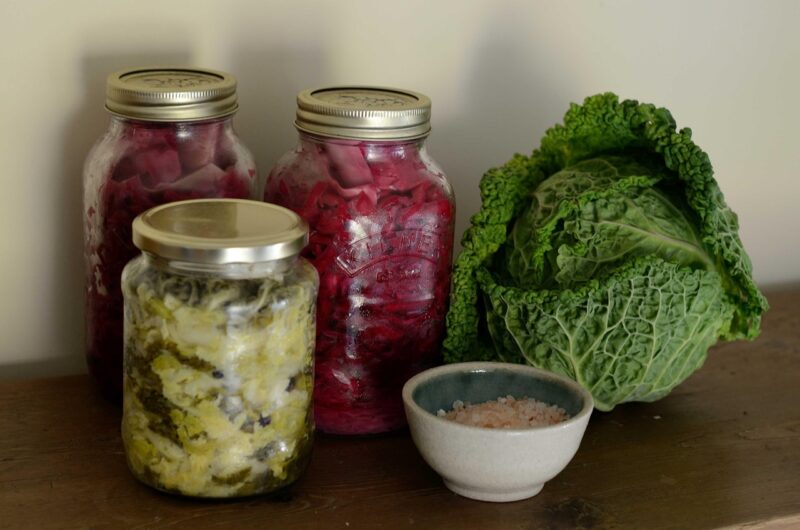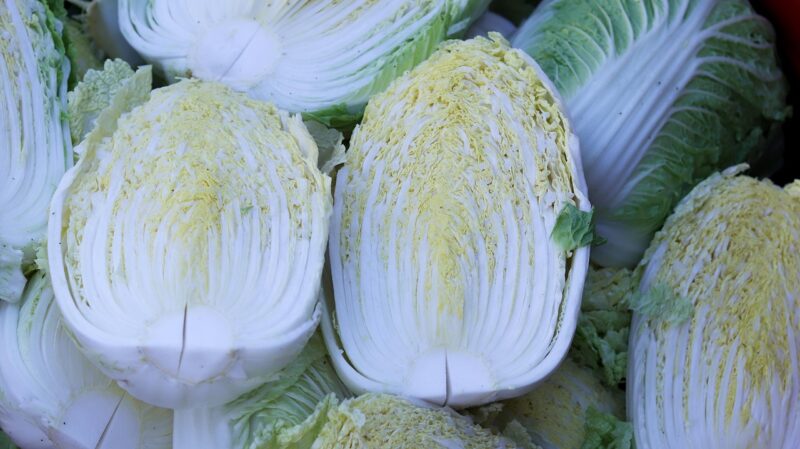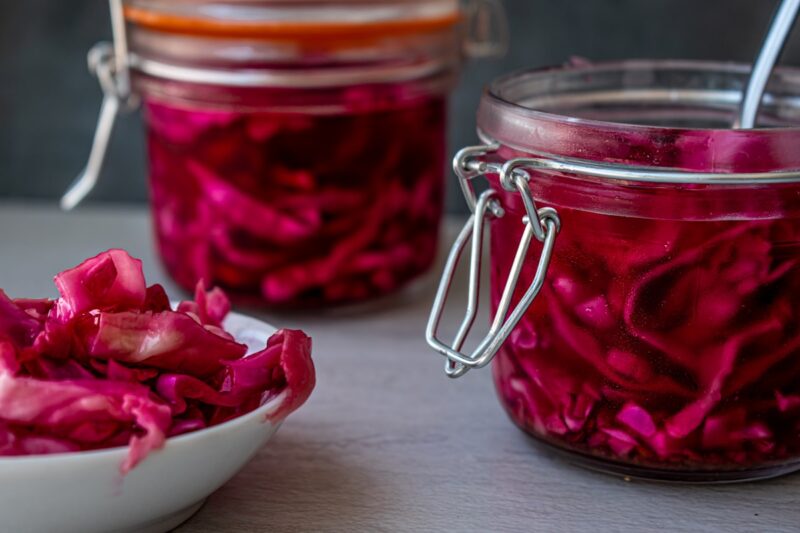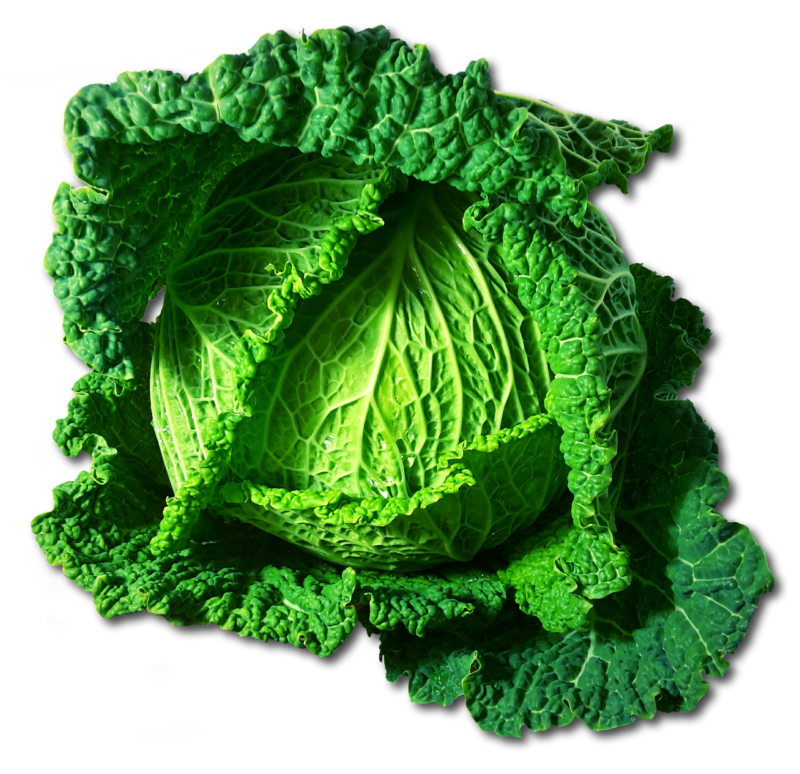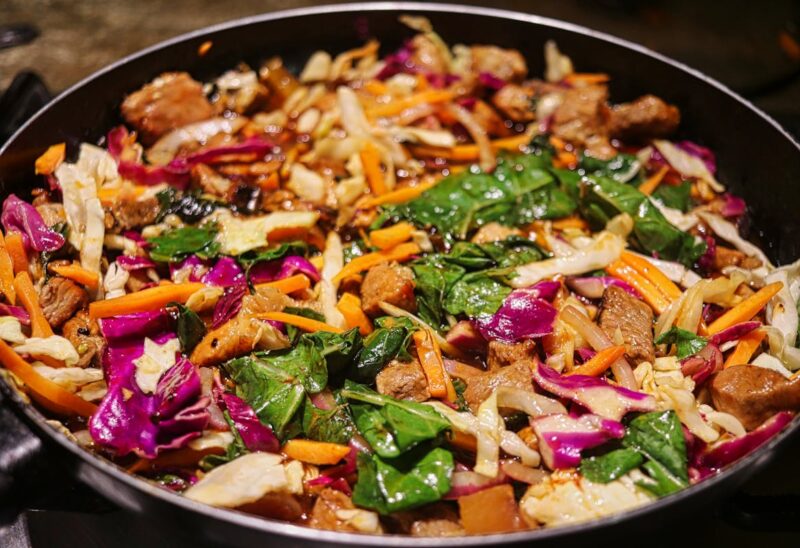In this extensive guide, we’ll explore the art of preserving cabbage, discussing various methods, recipes, and some personal anecdotes that highlight the joys of this culinary endeavor.
Methods of Preserving Cabbage
Cabbage can be preserved in several ways: fermentation, freezing, pickling, canning, and drying. Each method serves a unique purpose, and the best choice often depends on your taste preferences and how you plan to use the preserved cabbage. Let’s explore each method in detail.
Fermentation: The Art of Sauerkraut and Kimchi
Fermentation is one of the oldest methods for preserving cabbage. This natural process not only extends the shelf life of cabbage but also creates a delightful tangy flavor.
Making Sauerkraut
To make sauerkraut, all you need is cabbage and salt. Here’s a simple, step-by-step process to guide you:
Select Your Cabbage: Fresh, crisp heads of cabbage are ideal. Look for those that are heavy for their size.
Preparation: Remove the outer leaves and slice the cabbage finely. A mandoline or sharp knife works well here.
Salting: For every 1 pound of cabbage, use about 1 tablespoon of non-iodized salt. Massage the cabbage for about 10 minutes until it releases its moisture, creating a brine.
Packing: Pack the cabbage mixture into a clean glass jar or fermentation crock, pressing it down to ensure the brine covers the cabbage completely. Leave some space at the top for expansion.
Fermentation: Cover the jar with a cloth or fermenting lid. Let it ferment at room temperature for 1-4 weeks, tasting occasionally until it reaches your desired flavor.
Storage: Once fermented, store the sauerkraut in the refrigerator, where it can last for several months.
Crafting Kimchi
Kimchi is a staple in Korean cuisine, encompassing a variety of flavors and spices beyond those found in sauerkraut. Making kimchi can be a delightful family project:
Ingredients: In addition to cabbage, you’ll need ingredients like garlic, ginger, fish sauce, and Korean red pepper flakes (gochugaru).
Salting the Cabbage: Cut the cabbage into quarters and soak it in a salty brine for several hours. This step not only helps preserve the cabbage but also softens it, making it easier to absorb flavors.
Creating the Paste: Blend garlic, ginger, fish sauce, and gochugaru with some water to create a paste. Fold in chopped scallions, carrots, or radishes for added texture.
Mixing: Rinse the salted cabbage and mix it with the paste thoroughly, ensuring every leaf is coated.
Packing and Fermenting: Pack the kimchi into jars, pressing down to release air bubbles. Allow it to ferment for 1-2 weeks at room temperature before storing in the fridge.
Fermented cabbage not only enhances the flavors of various dishes but also acts as a probiotic, supporting gut health.
Freezing Cabbage: Quick and Easy Preservation
If fermentation isn’t your style or time is of the essence, freezing cabbage is a simple and effective way to preserve its freshness.
How to Freeze Cabbage Effectively
Preparation: Remove any damaged or wilted leaves. Rinse the cabbage under cold water and cut it into wedges or slices.
Blanching: Blanching is crucial when freezing vegetables as it helps retain their flavor and color. Boil water in a large pot, then submerge the cabbage for about 2-3 minutes. Rapidly transfer it to an ice bath to stop the cooking process.
Draining: Drain the cabbage thoroughly and pat it dry with a clean towel.
Freezing: Place the cabbage in airtight freezer bags or containers, removing as much air as possible. Label each bag with the date.
Storage: Frozen cabbage can be stored for up to a year. When ready to use, cook it straight from the freezer in soups, stews, or stir-fries.
Reflecting on my own experience, I remember the first time I froze cabbage after an overflowing harvest from my garden. It felt like capturing summer in a bag, allowing me to toss cooked cabbage into winter dishes, revitalizing my meals with the essence of warmer months.
Pickling: Adding Zing to Your Cabbage
Pickling is a delightful way to bring extra flavor to cabbage while preserving it. The sweet and tangy notes often complement various dishes, creating a perfect side or condiment.
Quick Pickled Cabbage Recipe
This method requires minimal time and ingredients, making it perfect for busy schedules.
Ingredients:
1 small head of cabbage (thinly sliced)
1 cup of vinegar (white or apple cider)
1 cup of water
2-3 tablespoons of sugar
1 tablespoon of salt
Optional: spices like mustard seeds, peppercorns, or garlic.
Heat the Brine: In a saucepan, combine vinegar, water, sugar, and salt. Heat until dissolved, then cool slightly.
Combine: Place the sliced cabbage and spices in a clean jar. Pour the brine over the cabbage, ensuring it is submerged.
Refrigerate: Seal the jar and let it sit in the refrigerator for at least 24 hours. Enjoy it as a tangy addition to sandwiches, tacos, or salads.
One summer, after an excursion to a local farmers’ market, I came home with a stunning array of colorful veggies, including a vibrant green cabbage. Determined to create something unique, I made quick pickled cabbage, which transformed into a zesty topping for tacos that reflected the season’s bounty.
Canning: Long-term Storage of Cabbage
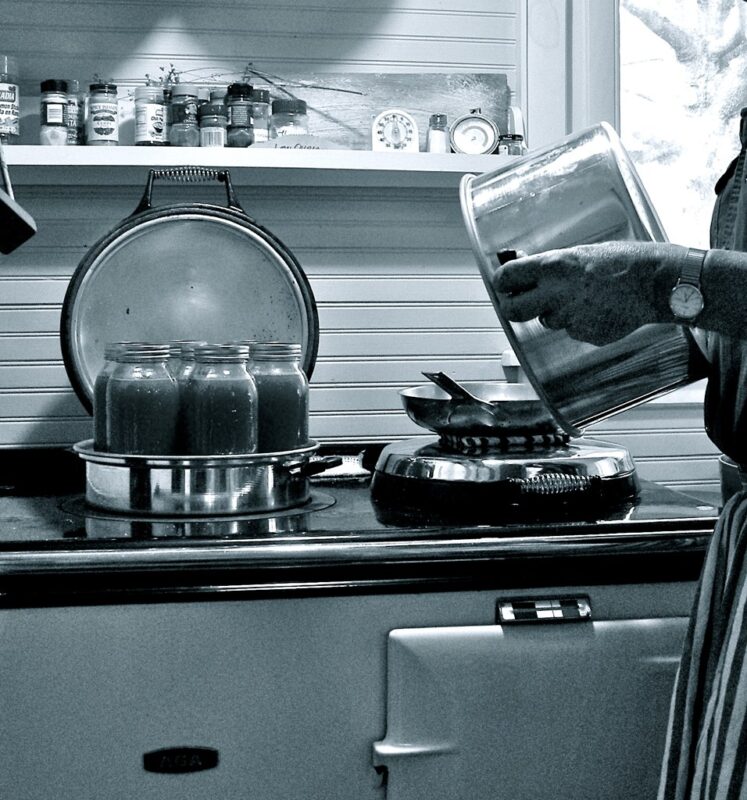
Canning is a method that allows you to preserve cabbage for extended periods while maintaining its quality. Although the process requires more preparation and equipment, many find it rewarding.
Canned Cabbage Recipe and Process
Prepare Your Equipment: Ensure you have clean canning jars, lids, and a pressure canner for safety.
Prepare Cabbage: As with other methods, clean and chop the cabbage. You may want to combine it with other vegetables like carrots or onions for added flavor.
Brine Solution: Create a brine with water, vinegar, and salt—around 1 tablespoon of salt per quart.
Pack Jars: Start by packing the cabbage into jars, leaving about an inch of headspace. Pour the hot brine over the cabbage, again leaving headspace.
Seal and Process: Wipe the rims of the jars with a clean cloth, place the lids on, and process in a pressure canner according to the manufacturer’s instructions for about 20-25 minutes.
Cooling and Storage: Once processed, allow the jars to cool completely before labeling and storing them in a cool, dark place.
I still remember my grandmother’s canning parties, which were filled with laughter and the delightful smell of vegetables bubbling away. Those preserved jars lined her pantry, and whenever she opened one, she’d reminisce about the summer harvest and share stories of family gatherings.
Drying Cabbage: A Unique Preservation Method
Drying cabbage is less common but quite effective, especially if you’re looking to make space in your kitchen or pantry. Dehydrated cabbage can add a unique flavor and texture to soups and stews.
How to Dry Cabbage
Preparation: Clean, core, and finely slice the cabbage.
Blanching: Just like freezing, blanching helps retain flavor and color. Blanch the cabbage in boiling water for 3 minutes, then transfer it to an ice bath.
Drying: You can use a food dehydrator, an oven set to the lowest temperature, or air-dry in a well-ventilated area away from direct sunlight. Spread the cabbage in a single layer for even drying.
Storage: Once dried, allow the cabbage to cool and store it in airtight containers. Properly dried cabbage can last for up to a year.
Rehydrating: When you’re ready to use dried cabbage, simply soak it in warm water for about 15-20 minutes before incorporating it into your recipes.
Reflecting on this method, I recall a camping trip where we relied heavily on dried foods. We added dried cabbage to our stews; it might not have been fresh, but it added depth and a homey feel to our rustic meals under the stars.
Creative Ways to Use Preserved Cabbage
Understanding how to preserve cabbage is only half the journey. The real joy lies in utilizing your preserved cabbage creatively. Here are a few ways to infuse your meals with the goodness of preserved cabbage.
Using Sauerkraut
Burgers and Sausages: Top grilled meats with sauerkraut for a tangy contrast.
Reuben Sandwiches: A classic combination of corned beef, Swiss cheese, sauerkraut, and Russian dressing on rye bread.
Fermented Soups: Add sauerkraut to soups like borscht for a delightful twist.
Incorporating Kimchi
Stir-Fries: Mix kimchi with stir-fried vegetables and tofu for an umami-rich dish.
Fried Rice: Stir in kimchi when making fried rice for a spicy kick.
Kimchi Pancakes: Combine kimchi with batter to create savory pancakes, perfect as a snack.
Crafting With Pickled Cabbage
Tacos and Sandwiches: Use pickled cabbage as a topping for tacos or sandwiches, adding crunch and acidity.
Salads: Toss pickled cabbage into salads for a burst of flavor and color.
Rice Bowls: Serve atop grain bowls filled with quinoa or brown rice.
Canned Cabbage Recipes
Stuffed Cabbage Rolls: Use canned cabbage leaves to make stuffed cabbage rolls, filled with rice and ground meat.
Savory Stews: Incorporate canned cabbage into hearty stews during chilly nights, where it soaks up flavors beautifully.
Dried Cabbage in Cooking
Soup Enhancer: Add dried cabbage to soups, where it will rehydrate and provide a nutritious boost.
Casseroles: Mix into casseroles or baked dishes for added texture and vitamins.
These recipes reflect my own culinary journey using preserved cabbage. Each dish carries a memory—a family gathering, a cozy dinner, or an adventurous camping trip.
Overcoming Common Challenges in Cabbage Preservation
As with any culinary endeavor, preserving cabbage may present challenges. Being prepared can make the process smoother and more enjoyable.
Safety Concerns
When canning cabbage, ensure you’re following safe canning practices. Using a pressure canner is crucial to ensure that the jars seal correctly and harmful bacteria, like botulism, are eliminated.
Managing Fermentation Flavor
For those new to fermentation, finding the right balance of salt can be tricky. If your cabbage has turned out too salty, balance it with other ingredients, such as in a soup, or dilute it with fresh veggies in a salad.
Dealing with Freezer Burn
To prevent freezer burn when using the freezing method, use high-quality freezer bags and remove as much air as possible. For added assurance, consider wrapping cabbage in parchment before placing it in a freezer bag.
Final Thoughts: Embracing Cabbage Preservation
Preserving cabbage is not just a practical approach to extending its availability; it’s an embrace of cultural heritage, resourcefulness, and creativity. Those early mornings spent harvesting, the joy of cooking, and the satisfaction of pulling out a jar of homemade sauerkraut in winter create a connection to the earth and the seasons.


